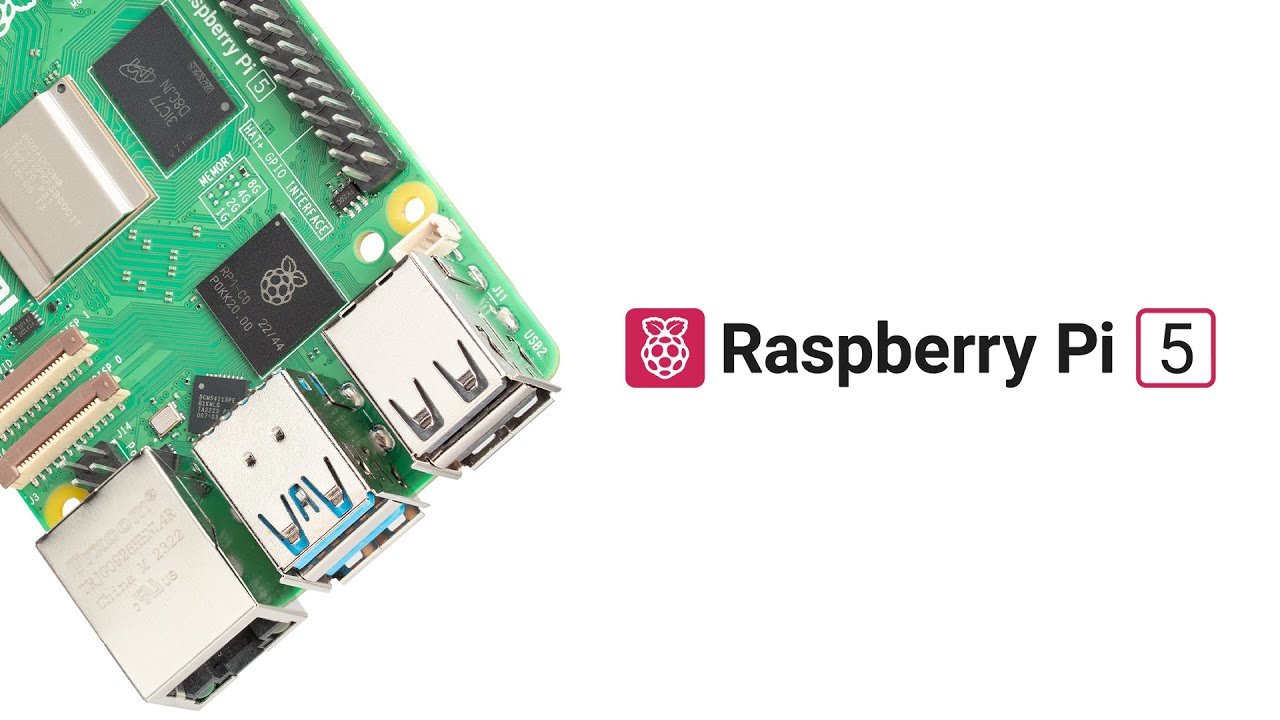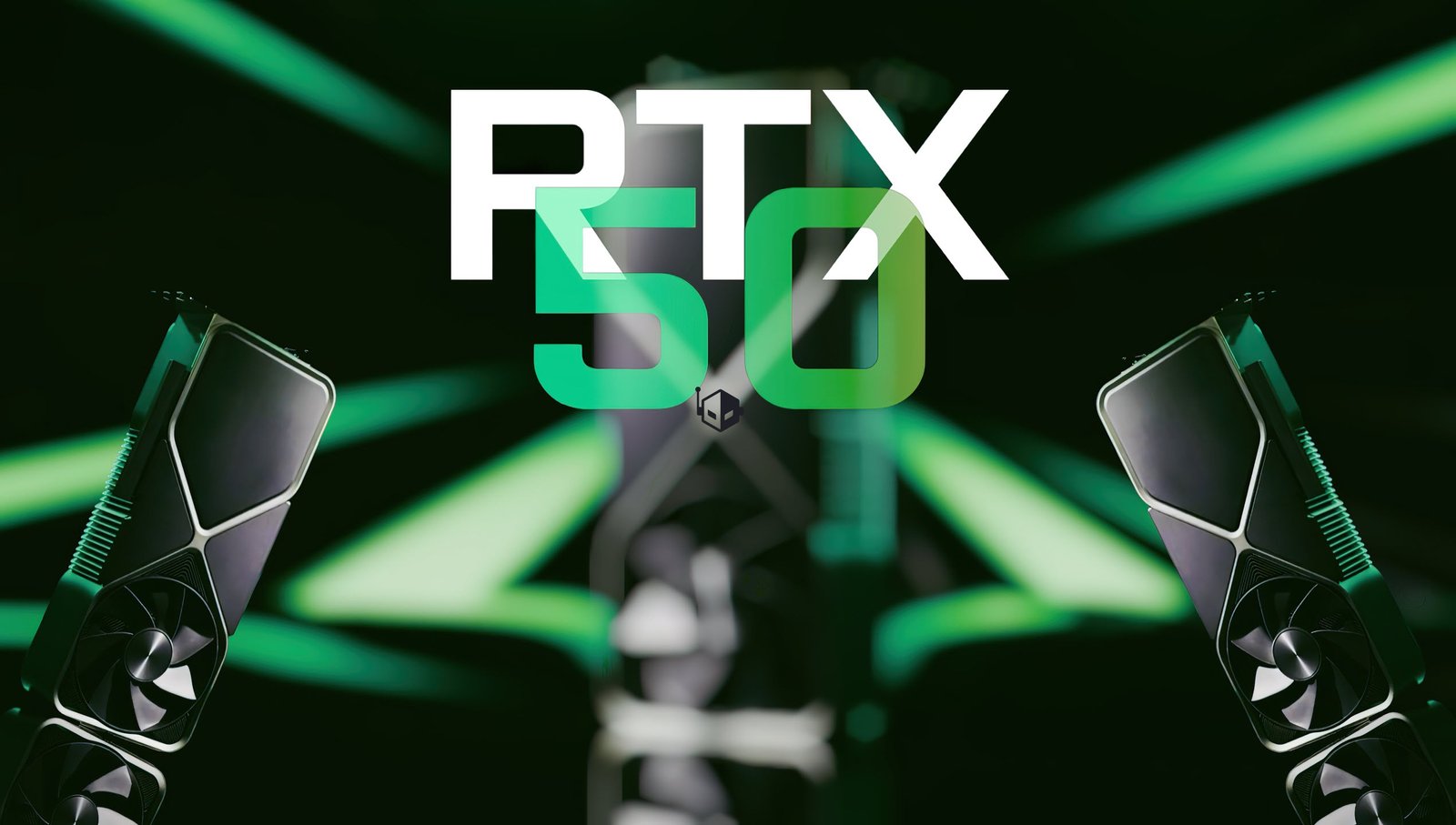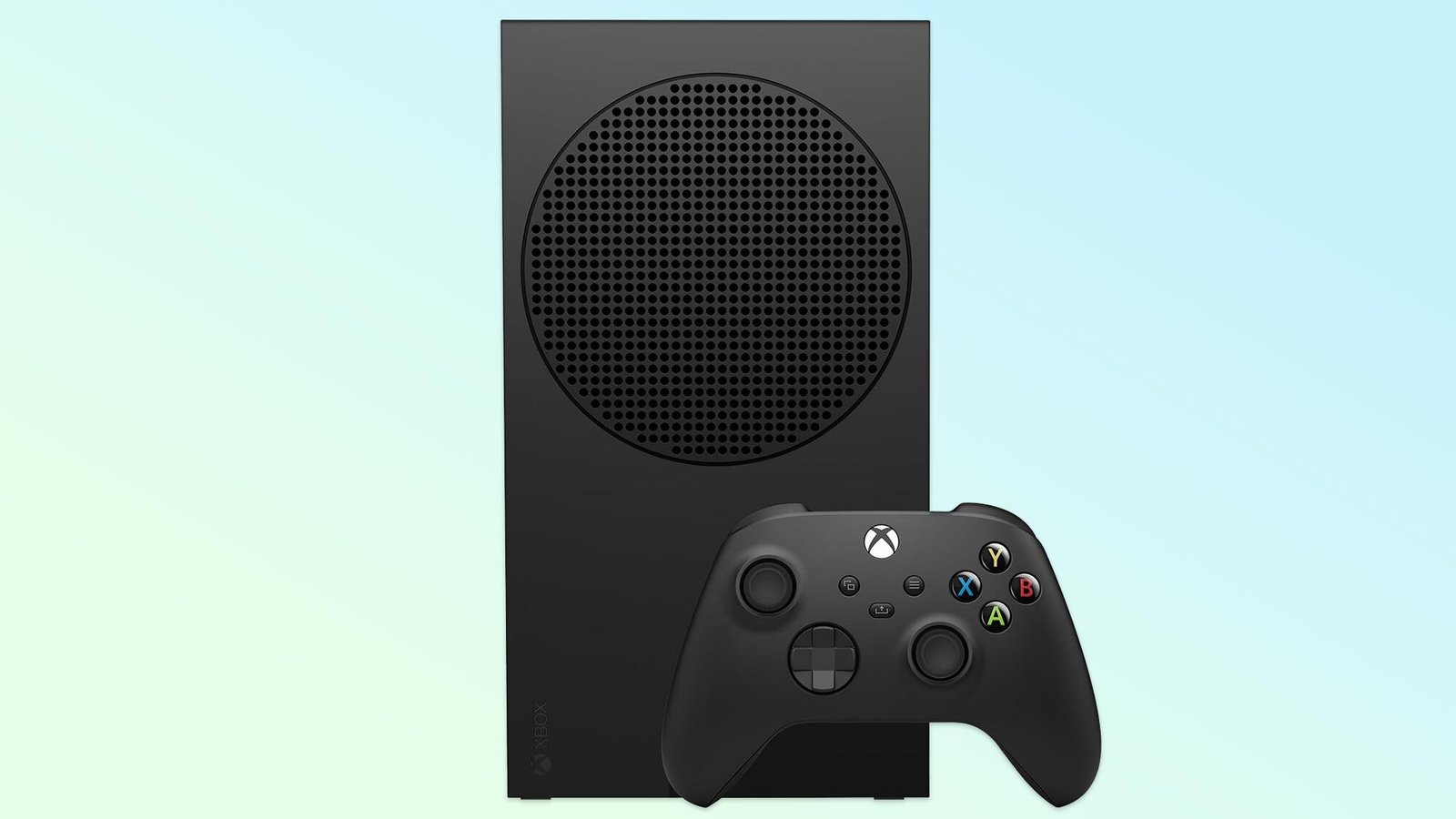The Raspberry Pi 5 has arrived, marking a significant leap in the series’ evolution. This affordable, powerful single-board computer has captured the attention of makers, educators, and tech enthusiasts worldwide. But what makes the Raspberry Pi 5 so special and accessible? Let’s dive into the details.
What’s New with Raspberry Pi 5?
The latest iteration of the Raspberry Pi introduces a slew of new features and improvements over its predecessors, while still maintaining its hallmark of affordability. The Raspberry Pi 5 is powered by a Broadcom BCM2712 2.4GHz quad-core 64-bit Arm Cortex-A76 CPU, a considerable upgrade that offers enhanced processing power and speed. This model also introduces a VideoCore VII GPU, which supports modern graphics standards like OpenGL ES 3.1 and Vulkan 1.2, and can handle dual 4Kp60 HDMI display outputs.
Storage options are more flexible than ever, with the introduction of a PCIe 2.0 x1 interface, although it requires a separate M.2 HAT for fast storage solutions. This addition is particularly notable for those who wish to expand their Raspberry Pi’s capabilities without significant modifications.
One of the most requested features that has been added is the real-time clock (RTC) with a battery backup. This allows the Raspberry Pi 5 to keep track of time accurately without needing an internet connection or external modules. Additionally, a power button has been added to the board, a small but significant quality of life improvement that facilitates easier management of the device’s power state.
Why Is It So Affordable?
Despite these enhancements, the Raspberry Pi 5 remains surprisingly affordable. The base model, equipped with 4GB of LPDDR4X-4267 SDRAM, starts at $60, with an 8GB variant available at $80. This pricing strategy is part of the Raspberry Pi Foundation’s commitment to keeping computing accessible to the widest possible audience. By balancing cost and performance, the Raspberry Pi 5 is positioned as a compelling option for a wide range of users, from hobbyists to educational institutions.
Performance and Applications
The inclusion of modern hardware specifications ensures that the Raspberry Pi 5 is not only more powerful than its predecessors but also more versatile. It can serve various roles, from a simple educational tool to a base for complex projects involving high-definition media playback, IoT applications, or even as a low-cost desktop replacement. The support for high-speed peripherals and improved connectivity options further enhance its usability and appeal.
The Raspberry Pi 5 stands out for its enhanced features and continued affordability, making advanced computing accessible to an even broader audience. It’s a testament to the Raspberry Pi Foundation’s mission of democratizing technology education and innovation. Whether you’re a seasoned maker or a beginner interested in technology, the Raspberry Pi 5 offers a powerful, versatile platform at a price point that is hard to beat.



















Add Comment